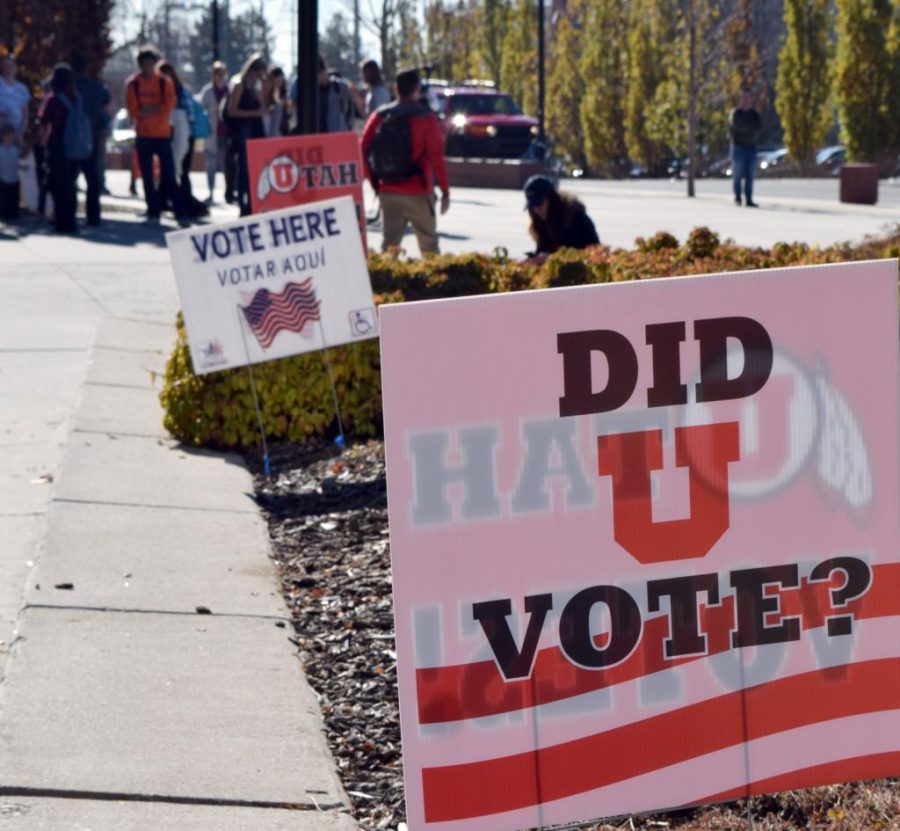At first glance, it seems like news broadcasts pull out all the stops on election night. With minute-by-minute updates, detailed maps of different districts and panels of experts, national broadcasts seem to be on top of things in providing the most up to date coverage of the election. There’s just one problem: every station is focused on only one race and that makes up a small portion of the momentous change that can occur on election day.
Networks like CNN, to their credit, do an exhaustive job of providing every last detail about the presidential election as it happens. Unfortunately, there comes a point when the viewer gets shown one too many swing-state updates only to see minor changes in the numbers. Although the presidential race is the most anticipated political event in American politics, there is only so much new information to give at any time. Often even the updates can be misleading, showing us only a limited amount of information in a constantly-changing race. It doesn’t help anyone to see what a certain district looks like with only 10% of the vote counted because it could just as easily change in the other direction the next moment, rendering the first update useless.
The presidential broadcasts are at their worst when the election becomes a sure-thing. This unfolded last week in a way that completely deflated the coverage on major news networks. It didn’t take long before Donald Trump’s unexpectedly good performance was causing the New York Times to anticipate his likelihood to win to be around 80% and rising rapidly. Yet, despite this near certainty, there were still many statistics left to be counted. The result was a disconnect, with in-depth updates on major networks deflated by the fact that the result was pretty much set in stone. All that was left was to wait for the inevitable conclusion.
As much as the presidential race draws people in, it is far from the only thing to happen on election day. It’s true that the president is picked on election day and accordingly nearly all coverage will focus on that. We have the months before the election and the four years after the election to talk about the president, however, the central figure of American political life. We rarely get the chance to talk about local and congressional elections at any other time. An election day can be a time to emphasize many of the typically unseen players in our democracy such as local governments, congressional groups and citizen advocates.
This is not to suggest we shouldn’t look at the presidential election with a critical eye on election night. It is to suggest that over-emphasizing it, prioritizing minor updates over all other coverage, can cause us to miss many of the other important things being voted on. Between discussions of the presidency, we can also talk about many of the failed and successful referendums, congressional races and local judicial elections that can have profound effects at the community level.
The 2016 election had plenty of examples of impactful citizen measures, yet few were talked about on national broadcasts. For example, workers in Arizona, Washington, Colorado, South Dakota, and Maine will be profoundly affected by ballot measures to increase the minimum wage. Across the country, Americans also voted on successful ballot measures to promote marijuana legalization, require background checks on gun purchases and enable the passage of voter-ID requirements. Maine, in particular, approved a measure to institute rank-choice voting, a system of candidate selection that can eliminate the spoiler effect and potentially help lead us away from strict two-party politics. All of these are far more deserving of screen time than the dozenth update on a single state.
Citizens can often have a large impact at the local and community level. The president is important, but a hyper focus on that one individual can make people feel powerless, with one vote to be counted among millions. Local politics can give the opposite message since it illustrates the importance of one or two citizens organizing together to push for an idea from the ground up. If news networks show more information about ballot initiatives come election night it could help empower Americans and put them in touch with democracy.


